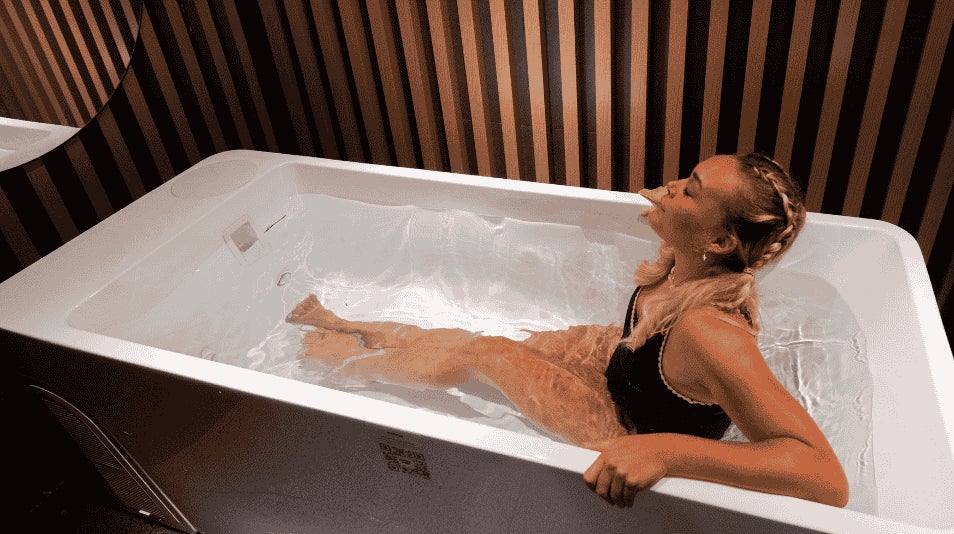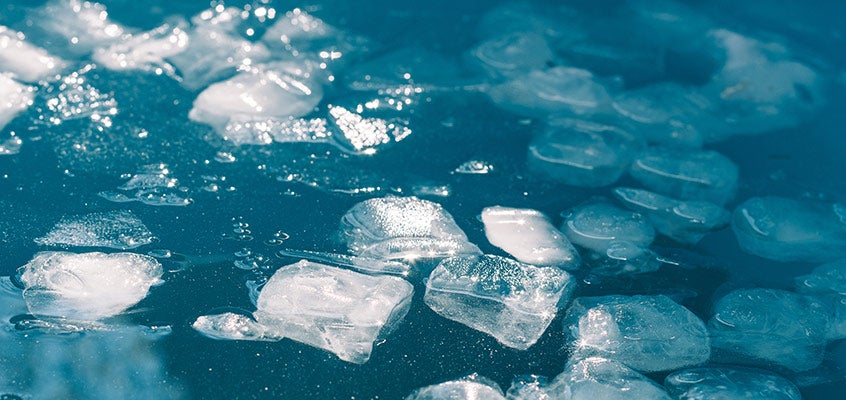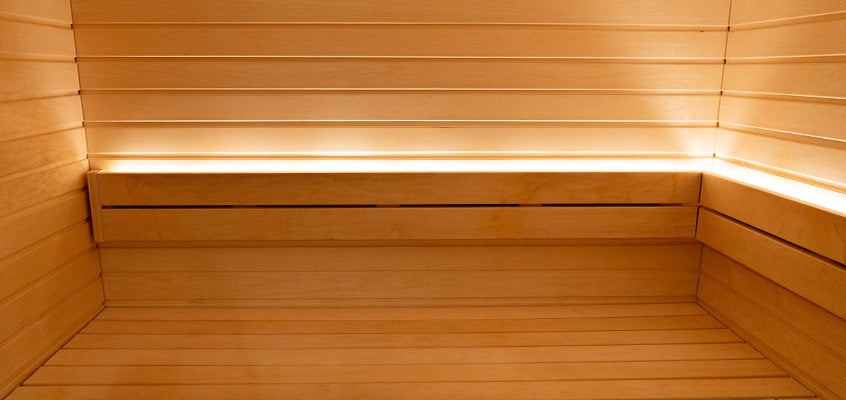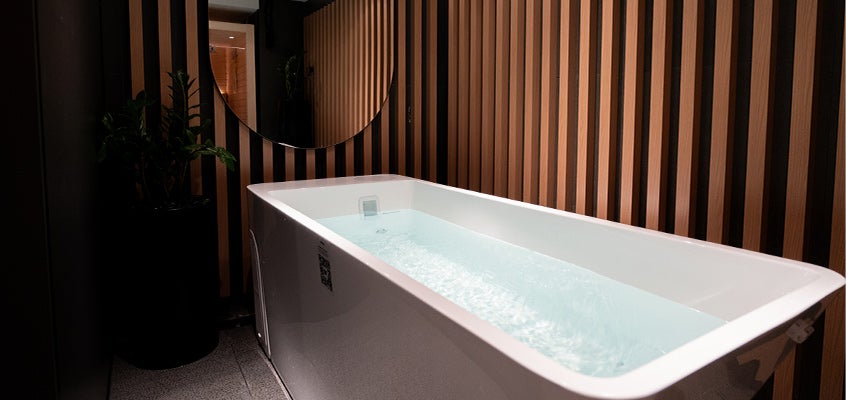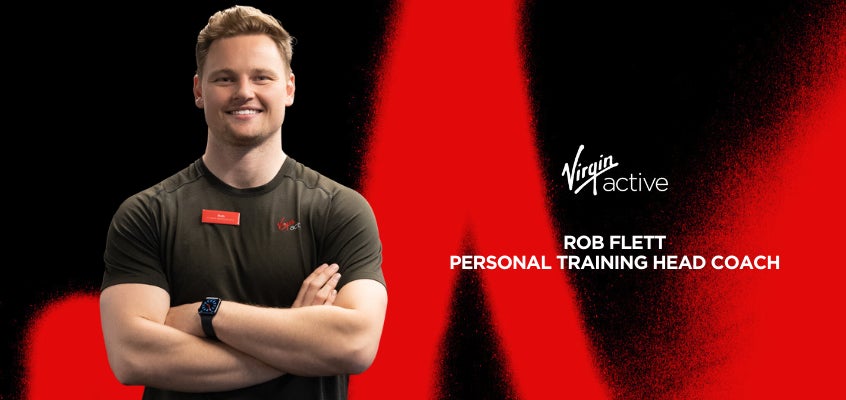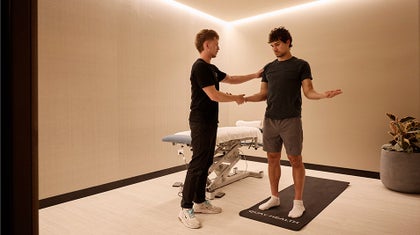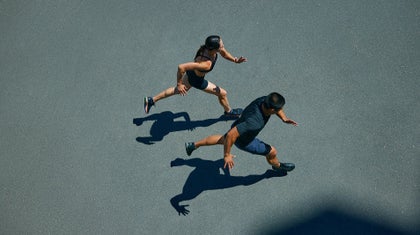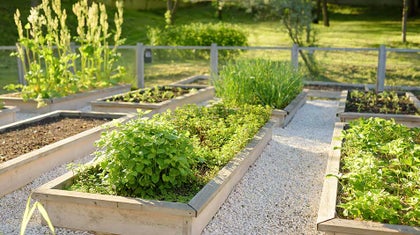The ultimate recovery hack? A guide to hot & cold therapy
by Rob Flett on Thursday 13 March 2025
3 min read
In a world of quick fixes and fads, it can be hard to filter fact from fiction. This can be particularly tricky in the fitness industry where we are bombarded with products promising fast-tracked results. One emerging trend is the use of combined hot and cold exposure, often referred to as “contrast” therapy. Popular amongst athletes for decades, the question remains as to whether this tool could benefit the wider population.
An ancient tradition
Hot and cold therapy is the use of combined acute exposure to both extreme temperatures. This is usually completed in intervals where users will go from one temperature extreme to the other several times in a single session. Made popular by athletes, the real origin stems back to Scandinavian culture where ritualising the sauna experience within the cold climate helped strengthen communities through social bonding and the perceived cathartic effects.
Interestingly, the modern research is now backing up this tradition dating back thousands of years.
Sport science sparking modern trends
Exposure to extreme climates significantly impacts sport performance, even beyond preparing to compete at high altitudes or in warm conditions(1). Heat exposure is one of the most potent ways to improve performance markers, particularly in sports with large cardiovascular demands(2). Cold exposure, on the other hand, accelerates muscle recovery by reducing inflammation and has numerous psychological benefits(3). The combination of these (or “contrast”) has been said to create unique effects such as the “pumping action” - also known as vascular flushing. This is where the opening (due to heat) and closing (due to cold) of blood vessels improves whole-body circulation, leading to reduced pain and the acceleration of recovery(3).
These findings have prompted the use of hot & cold therapy in athletes, particularly to shorten the time needed to recover between hard training sessions or during major events(4).
Does this impact the wellness enthusiast?
In recent years, this approach has crept into the wellness industry as more research develops. For example, this “pumping effect” could also support lymphatic flow, the processes where lymph fluid is transported throughout the body. This has been shown to improve circulation, reduce edema (swelling) caused by injury and detoxify through the removal of waste products, bacteria and harmful substances. This heightened lymphatic flow also enhances the immune response by improving the transportation of immune cells to tissues at risk of infection or injury(5,6).
The benefits aren’t limited to fighting off colds. In fact, numerous additional benefits are emerging in the research (7,8,9):
Improved circulation reversing muscle tension from sitting and repetitive physical tasks.
Stress relief caused by the parasympathetic nervous system shift. The invigoration of the cold followed by the relief of the heat creates this relaxing effect.
Increased joint health and range of motion due to the shunting of nutrient rich blood to the periphery.
Reduced delayed muscle soreness due to increased removal of byproducts and improved immune response leading to quicker repair of muscle tissue post-exercise.
Sold! But how do we get started?
A typical contrast therapy session involves 3-5 cycles of alternating between 1-3 minutes of cold (e.g. cold plunge or ice bath at 9-15ºC degrees) followed by 1-3 minutes of heat (e.g. hot tub at 37-40ºC or Finnish sauna at 85-90ºC).
The exact protocol will depend on many factors including age, fitness level, genetic tolerance and prior experience(1). It is recommended to begin at the lower end of these ranges and gradual increase the exposure over several weeks.
It is important to note that hot and cold therapy should be used with caution, particularly in those with preexisting cardiovascular issues, Raynaud’s disease or nerve damage(10). In any case, always consult your doctor and get advice on how to maximise safety before adding to your routine.
The icing on the cake
Hot and cold therapy is not a stand-alone game-changer but rather a useful addition to a comprehensive approach to wellness. It can be a useful tool to accelerate recovery from exercise, boost immunity, build mental resilience and improve key health markers. However, to maximise these benefits it’s important that the bigger levers such as sleep, nutrition and hydration are pulled first(11).
At Virgin Active, we have Personal Trainers ready to help you create a wellness approach and design a plan tailored to your lifestyle and goals. If you’d like to get started or find out more regarding today’s topic, reach out to us directly - we're here for you.
Ready to brace the cold? You can find our Cold Plunge facilities at Virgin Active Bligh Street and Northern Beaches. If you're just looking for a bit of warmth in our saunas, then we've got your sorted here, too.
About the author
Rob Flett is the Personal Training Head Coach at Virgin Active Australia. He is the national lead for PT onboarding, education, career development and assessment.
Rob has over 10 years of Personal Training experience with a Bachelor of Sport & Exercise Science (HONS), including research in applied biomechanics at the University of Technology. Rob is not only dedicated to supporting and educating many in the world of health and fitness, but also masters the art and discipline during his training as a purple belt in Brazilian Jiu Jitsu.
If you enjoy Rob's articles, be sure to check out his other work:
- Hypertrophy vs strength training
- Should you do cardio before or after weights?
- A deep dive into isolation training
References
- Bengtsson, H. et al. (2016). Effect of contrast water therapy on recovery from intense exercise. Journal of Sports Sciences.
- Tyler, C. et al. (2016). Heat acclimatization and muscle endurance in hot environments. Journal of Sports Sciences.
- Gosselin, M. et al. (2008). Hot and Cold Modalities for Soft Tissue Recovery. American Journal of Sports Medicine.
- Hausswirth, C. et al. (2011). Effect of cold-water immersion on performance recovery after endurance events. Medicine & Science in Sports & Exercise.
- Goodall, S. et al. (2016). Effect of contrast therapy on pain management in non-athletic populations. British Journal of Pain.
- Kostopoulos, D. et al. (2012). Cold and hot therapy for musculoskeletal pain: Effects on inflammation and healing. British Journal of Pain.
- Chowdhury, M., et al. (2022). Comparison of contrast therapy and hot baths in managing arthritis pain. Cureus Journal of Medical Science, 14 (3).
- Higgins, T., et al. (2018). The effects of contrast therapy on tissue oxygenation and recovery. Journal of Athletic Training, 53(9), 856-864.
- Bleakley, C., et al. (2008). A systematic review of the use of contrast therapy in physical therapy. Physical Therapy in Sport, 9(4), 154-160.
- Cameron, M. (2014). Thermotherapy and Cryotherapy: Mechanisms and Applications. Australian Journal of Physiotherapy.
- Smith, T., et al. (2024). A scoping review of contrast therapy for musculoskeletal recovery: Benefits and limitations. Healthcare, 12(5), 1441.
Related articles
Move
3 min read
Physiotherapy: Not Just for Injuries
Nourish
3 min read
The pre-game plate: how to eat like an athlete before a fitness event
Connect
3 min read
Digging into the benefits of gardening
Enjoying our blog?
Sign up to our newsletter to get updates on training, healthy living, news and events.
